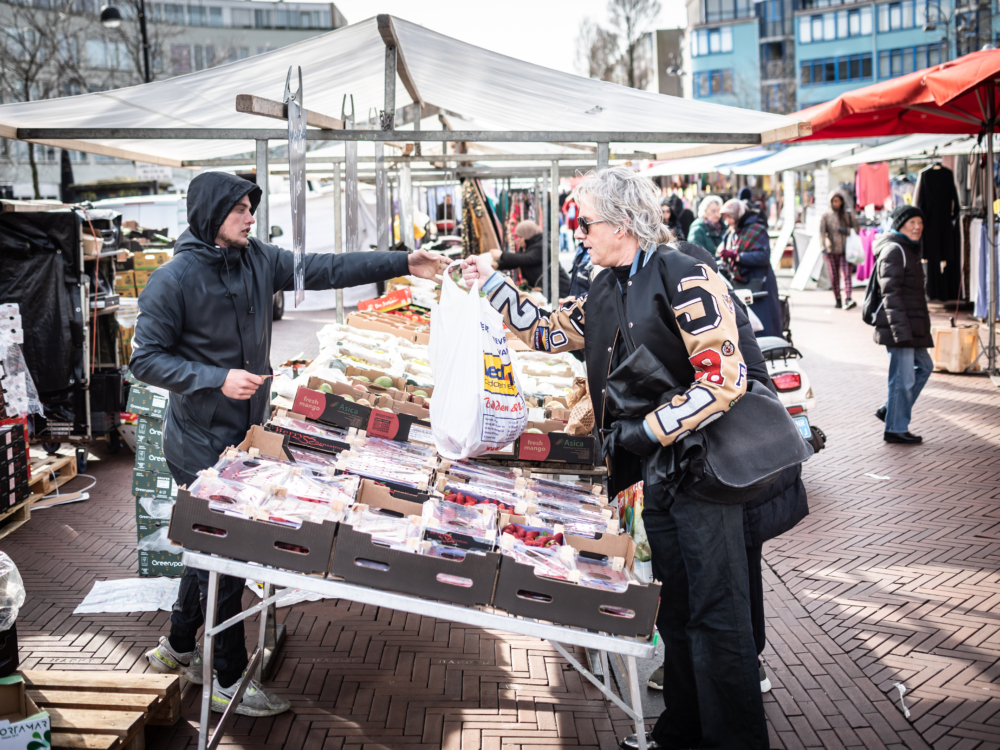
Article: Living together in diversity
The key to good coexistence lies in the public space: where contact between people takes place. What does that look like when you’re living together in diversity? Platform31 started research into this at the end of 2023. They published their findings in February 2024. Lyongo contributed through a webinar and input for an article.
Making better neighborhoods
The Netherlands is becoming increasingly diverse and that makes living together more complex. By using the knowledge and habits of the various users, we can increase our influence on liveable and safe neighborhoods.
Many vulnerable neighborhoods are on the eve of a major restructuring task. These are often neighborhoods with great cultural diversity. How do you ensure inclusive neighborhoods? How do you make a home for everyone by redesigning the living environment?
Designing for different ethnicities
The Netherlands has a strong design tradition. The design discipline is unique in that it can unite complex, diverse and conflicting wishes and interests in a well-functioning and attractive living environment. However, our cities are being designed by professionals who do not reflect the diversity in the country. A large group of end users is not represented in the development and decision side. As a policymaker and developer you often develop places where you do not live or visit. The pitfall is to use your own experience and insight to determine what works for someone else.
Lyongo: “Cultural habits and values play a role in the experience and use of the living environment that should not be underestimated. While groups of ‘loitering elderly people’ with Ghanaian or Surinamese roots in Amsterdam South East are experienced as uncomfortable, we find groups of ‘loitering elderly people’ in the South of France especially pleasant. The problem here is not that a group of old men are standing together. The difference is the unfamiliarity with another culture.”
When it comes to physical redesign, one must be constantly aware of differences. Lyongo states that we are still too focused on the traditional standard, the native white family with two children, while this no longer fits in with today’s living environment. He refers to the research by Maurice Crul, sociologist at the VU, ‘Becoming a minority’. It illustrates why it is the native Dutch that has the fewest tools to make contact with someone who is different or someone who has an immigration background. Groups of ‘others’ themselves seem to have less difficulty with each other’s diversity. Controlling composition in the neighborhood is a recurring topic of discussion within restructuring tasks. Much less grand and controversial is the focus on facilitating the necessary contact between local residents and immediate neighbors.

